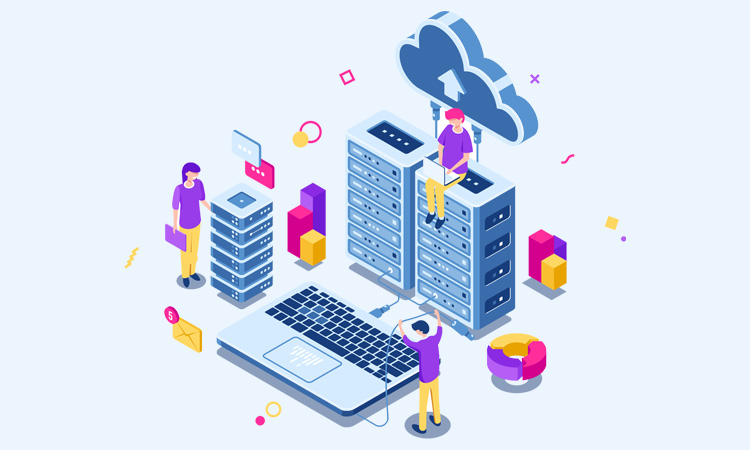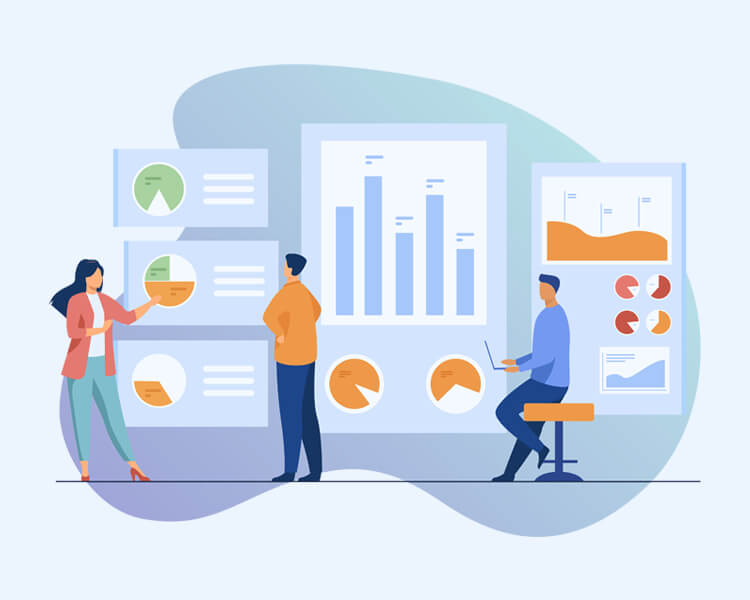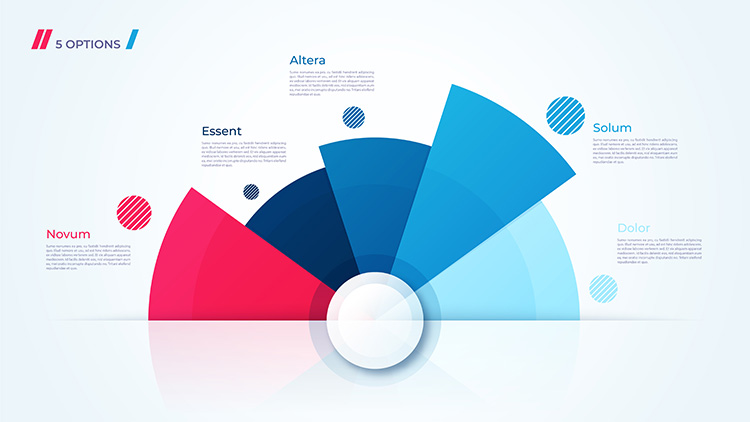AI & ML DevelopmentAbout this Services
Improve Machine Learning algorithms by studying underfitting, overfitting, training, validation, n-fold cross validation, testing, and how hyperparameters could improve performance. Perform linear and logistic regressions in Python.
1. Types of Cloud Services
1.1 Infrastructure as a Service (IaaS)
- Compute Resources: Provision of virtual machines, CPUs, GPUs, and storage.
- Storage Solutions: Object storage, file storage, and block storage services.
- Networking Services: Virtual networks, load balancers, and firewalls for secure connectivity.
- Disaster Recovery: Backup, restore, and disaster recovery solutions.
1.2 Platform as a Service (PaaS)
- Application Development: Integrated environments for developing, testing, and deploying applications.
- Database Management: Managed database services for SQL, NoSQL, and in-memory databases.
- Container Management: Tools for managing containers such as Docker and Kubernetes services.
- API Management: Platforms for developing, managing, and securing APIs.
1.3 Software as a Service (SaaS)
- Business Applications: Pre-built software for CRM, ERP, HR management, and financial services.
- Collaboration Tools: Cloud-based tools for email, document sharing, and project management.
- Analytics and Reporting: Ready-to-use software for data analysis and reporting.
- Content Management Systems: Cloud-hosted solutions for managing websites and digital content.
1.4 Function as a Service (FaaS) / Serverless Computing
- Event-Driven Computing: Run code in response to events, without managing infrastructure.
- Microservices Deployment: Serverless architectures for deploying microservices in the cloud.
2. Cloud Service Providers
2.1 Amazon Web Services (AWS)
- EC2 (Elastic Compute Cloud): Scalable virtual machine instances for various workloads.
- S3 (Simple Storage Service): Secure and scalable object storage for data archiving and backups.
- S3 (Simple Storage Service): Secure and scalable object storage for data archiving and backups.
- RDS (Relational Database Service): Managed relational databases like MySQL, PostgreSQL, and Oracle.
- Lambda: Serverless compute service for running code without provisioning servers.
- CloudFront: Global content delivery network (CDN) to deliver content with low latency.
2.2 Microsoft Azure
- Azure Virtual Machines: Scalable compute resources for running virtual machines in the cloud.
- Azure Blob Storage: Object storage solution for unstructured data like images, videos, and documents.
- Azure SQL Database: Managed SQL database service with built-in intelligence and scalability.
- Azure Kubernetes Service (AKS): Managed Kubernetes service for deploying and managing containerized applications.
- Azure Active Directory (AAD): Identity and access management service for secure authentication.
2.3 Google Cloud Platform (GCP)
- Compute Engine: Virtual machines running in Google's data centers for various workloads.
- Google Kubernetes Engine (GKE): Managed Kubernetes environment for deploying containers.
- BigQuery: Fully managed, serverless data warehouse for running SQL queries at scale.
- Cloud Storage: Unified object storage service with high availability and performance.
- AI and Machine Learning Services: Cloud-based tools for building, training, and deploying machine learning models.
3. Cloud Storage and Database Services
3.1 Cloud Storage Solutions
- Object Storage (AWS S3, Azure Blob, Google Cloud Storage): For storing unstructured data like multimedia, logs, and backups.
- Block Storage (AWS EBS, Azure Disk, GCP Persistent Disk): High-performance storage for databases and applications.
- File Storage (Amazon EFS, Azure Files): Managed file storage for shared access across virtual machines.
3.2 Cloud Database Solutions
- Managed SQL Databases: Services like Amazon RDS, Azure SQL, Google Cloud SQL for relational database management.
- NoSQL Databases: Managed services for NoSQL databases like DynamoDB, CosmosDB, and Firebase.
- Data Warehousing: Services like AWS Redshift, Google BigQuery, and Azure Synapse Analytics for large-scale data processing.
- In-Memory Databases: Managed Redis and Memcached services for high-speed data processing.
4. Cloud Security Services
4.1 Identity and Access Management (IAM)
- AWS IAM, Azure Active Directory, Google Cloud IAM: Secure user authentication, role-based access control, and multi-factor authentication (MFA) services.
4.2 Encryption Services
- Cloud KMS (Key Management Service): Tools for managing encryption keys used to secure data in the cloud (AWS KMS, Azure Key Vault, GCP KMS).
4.3 Firewall and Network Security
- AWS WAF, Azure Firewall, Google Cloud Armor: Web application firewalls to protect against malicious traffic.
- DDoS Protection: Cloud services like AWS Shield and Azure DDoS Protection to mitigate distributed denial-of-service attacks.
4.4 Compliance and Governance
- AWS Artifact, Azure Security Center, GCP Security Command Center: Tools for managing compliance certifications, security audits, and regulatory requirements.
5. Cloud Networking and Content Delivery
5.1 Virtual Private Cloud (VPC)
- AWS VPC, Azure Virtual Network, Google VPC: Private networks within the cloud for securely managing traffic between cloud resources.
5.2 Load Balancing
- Elastic Load Balancer (AWS), Azure Load Balancer, Google Cloud Load Balancing: Services to distribute traffic across multiple virtual machines or containers for high availability.
5.3 Content Delivery Networks (CDN)
- AWS CloudFront, Azure CDN, Google Cloud CDN: Global networks for distributing content to users with low latency and high performance.
6. Cloud Management and Automation Tools
6.1 Monitoring and Logging
- AWS CloudWatch, Azure Monitor, Google Stackdriver: Tools for monitoring application performance, logging, and troubleshooting cloud infrastructure.
6.2 Infrastructure as Code (IaC)
- Terraform, AWS CloudFormation, Azure Resource Manager (ARM): Tools for automating the provisioning and management of cloud resources using code.
6.3 Auto-Scaling Services
- AWS Auto Scaling, Azure Autoscale, Google Cloud Autoscaler: Automatically adjusts compute resources based on traffic demand to optimize performance and cost.
8. Technologies for Embedded System Design
- System-on-Chip (SoC): Integrated circuits that combine all components of a computer system on a single chip, including CPU, memory, and I/O ports, used in mobile devices and IoT.
- Field Programmable Gate Arrays (FPGA): Reprogrammable hardware used for high-performance tasks such as signal processing, encryption, and real-time control in embedded systems.
- Digital Signal Processors (DSP): Specialized microprocessors designed for processing digital signals in real-time applications, such as audio, video, and telecommunications.
- ASIC (Application-Specific Integrated Circuit): Custom-designed integrated circuits tailored for specific embedded applications, offering high performance and low power consumption.
- Micro-Electro-Mechanical Systems (MEMS): Miniaturized mechanical and electrical elements embedded in chips, used in sensors like accelerometers, gyroscopes, and pressure sensors.
It is a long established fact that a reader will be distracted by the readable content of a page when looking at its layout. The point of using Lorem Ipsum is that it has a more-or-less normal distribution of letters, as opposed to using ‘Content here, content here’, making it look like readable English. Latin words, combined with a handful of model sentence structures, to generate Lorem Ipsum which looks reasonable.
Application Areas
Technologies That We Use
- JavaScript
- Python
- Java
- C/CPP
- PHP
- Swift
- C# (C- Sharp)
- Ruby
- SQL


